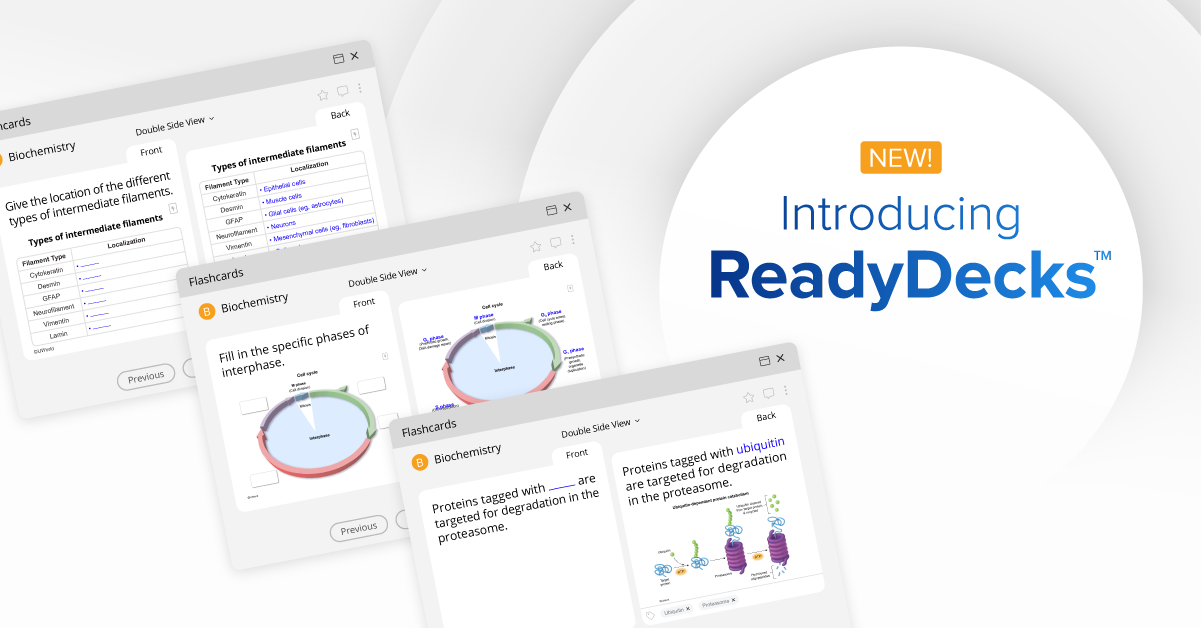By: Karolina Woroniecka, MD, PhD
Mnemonics are a fantastic way to remember information. Typically, mnemonics encode important information with retrieval cues that may be verbal (eg, acronyms) or visual (eg, images that are humorous, sexual, but above all memorable). Turning abstract or tedious information into fun and easy-to-remember mnemonics is a great way to commit to memory the multitude of critical facts tested on USMLE Step 1.
However, mnemonics alone are insufficient for passing USMLE Step 1 (or doing well in medicine in general) because essential knowledge must be integrated into a clinical context rather than simply encoded in memory. In this regard, caring for patients and solving USMLE clinical vignette-style questions are similar; both require the ability to put together multiple, often disparate-appearing pieces of information to arrive at the big-picture diagnosis.
No matter how many awesome mnemonics a student can commit to memory, there is absolutely no way there will be a mnemonic for every patient presentation seen on the exam—or in real life. Understanding the limitations of mnemonics for passing USMLE Step 1 is the first step in using them effectively.
What Are Mnemonics Good For?
Short-term memory has three glaring limitations: (1) a limited capacity for new information; (2) limited duration; and (3) limited mechanisms for encoding information. This is where mnemonics shine; extensive research has shown that mnemonics enhance short-term memory by increasing the brain’s capacity to:
- store new information,
- prolong the duration of information storage, and
- provide unique ways for the brain to encode and associate new information for easier and faster recall.
Recognizing short-term memory as the bottleneck of information acquisition highlights the importance of mnemonics. Medical students often feel like they are “drinking water from a fire hydrant” when learning all the new information from their classes.
Mnemonics can expand and build short-term memory capacity to help the stressed student keep up with the rapid flow of complex and in-depth material. But that information still needs to be integrated into a clinical context and converted to long-term memory to help build critical thinking skills.
Going Beyond Mnemonics
Therefore, it is vital to take the next step and apply memorized information to clinical scenarios. The best way to do this is by studying lots of UWorld practice questions. UWorld’s questions put even basic science concepts into the context of clinical vignettes and require critical reasoning skills to arrive at the correct answers.
Using these questions to apply memorized information to actual clinical scenarios cements the information in your brain. It does so by converting the data to long-term memory—with each piece of information that was previously encoded in a humorous or otherwise relatable mnemonic now placed into an appropriate clinical context.
Ideally, students preparing for the USMLE Step 1 will use their time during their first- and/or second-year basic science coursework to build their short-term memory (eg, mnemonics) and transfer information into long-term memory within a clinical context (eg, practice questions). The more efficiently and effectively students convert information from short-term memory to long-term memory, the easier answering difficult Step 1 questions will be.
In summary, mnemonics are an essential tool for short-term memorization of USMLE-relevant facts. However, they are merely a first step in the process of learning the information you need on the USMLE and in practicing medicine. Applying memorized information to clinical contexts and converting it to clinically relevant long-term memory are the most important steps!
Go beyond Mnemonics with UWorld’s USMLE Step 1 QBank, the #1 trusted resource for USMLE Step 1 prep.




